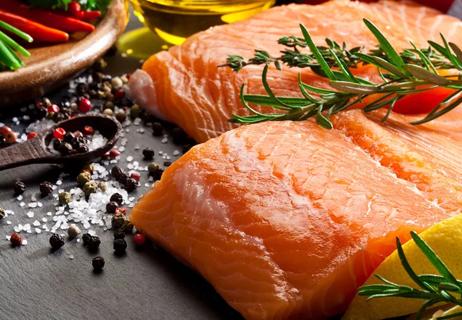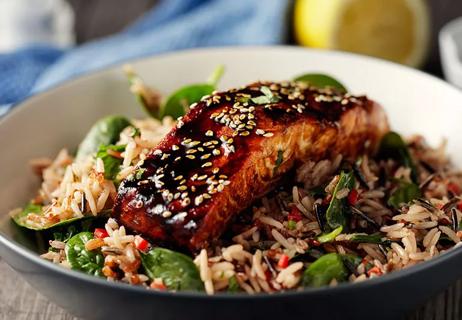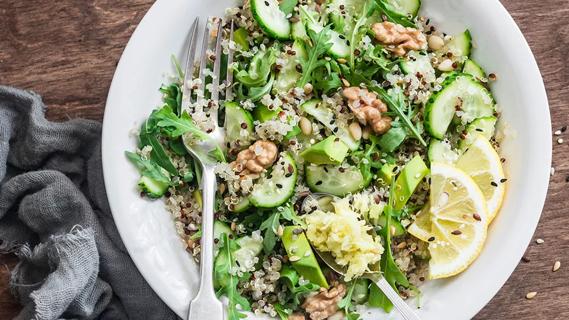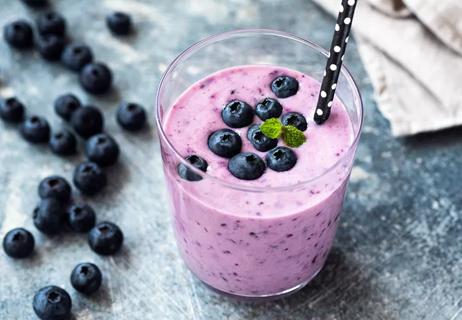One key benefit is their anti-inflammatory powers

Contributor: Katherine Patton, MEd, RD, CSSD, LD
Advertisement
Cleveland Clinic is a non-profit academic medical center. Advertising on our site helps support our mission. We do not endorse non-Cleveland Clinic products or services. Policy
Chances are, you’ve heard about omega-3 fatty acids and the fact that they are an important part of a healthy diet. Whether you’ve heard them talked about in the news or have seen them listed as an ingredient in your breakfast cereal, omega-3s continue to be of interest to people interested in healthy eating, thanks to a plethora of research that touts their nutritional benefits.
Athletes should know that a key benefit of omega-3 fatty acids is their ability to battle inflammation. Exercise is a form of good stress on our bodies. But exercise also results in the production of inflammatory substances called free radicals, which can damage your body’s cells.
Omega-3 fatty acids help by counteracting inflammation and reducing joint pain and tenderness associated with arthritis. They also help to keep the lining of your arteries smooth and clear, which allows the maximal amount of oxygen-rich blood to reach your working muscles.
If you still question if it is worthwhile to incorporate omega-3 fats into your diet, the answer is yes. Omega-3 fatty acids are part of the polyunsaturated fat family. They are essential fats, which means our bodies cannot manufacture them, so we must obtain them through our diet.
Advertisement
There are three types of omega-3 fatty acids, which come from different dietary sources. Let’s take a look at these types and sources and how much you should have to potentially help you.
Two types are commonly abbreviated EPA and DHA. The best dietary sources of EPA and DHA are fish.
Certain fish are richer in EPA and DHA than others. Salmon, herring, sardines, mackerel, bluefin tuna and albacore tuna are excellent sources of omega-3 fats.
Don’t like fish? Try fish oil supplements as an alternative.
The third kind of omega-3 fat is ALA, which is found in plants. ALA is converted to EPA and DHA in your body, so it needs to be consumed in higher amounts to receive the same benefits as when you eat fish. ALA is in flaxseed, walnuts, canola oil and soy.
You can meet your daily omega-3 fat needs by:
Advertisement
Learn more about our editorial process.
Advertisement

Debating the health benefits and risks

Why these fatty acids should become a part of your diet

Ground flaxseed is full of heart-healthy omega-3s, antioxidants and fiber, and easy to add to just about any recipe

Iron, biotin and omega-3 fatty acids can help your strands

Sync your supplements with your schedule for maximum benefits

Rich in protein and nutrients, this all-good shake keeps your blood sugar stable

Type 2 diabetes isn’t inevitable with these dietary changes

Applying a hot or cold compress can help with pain